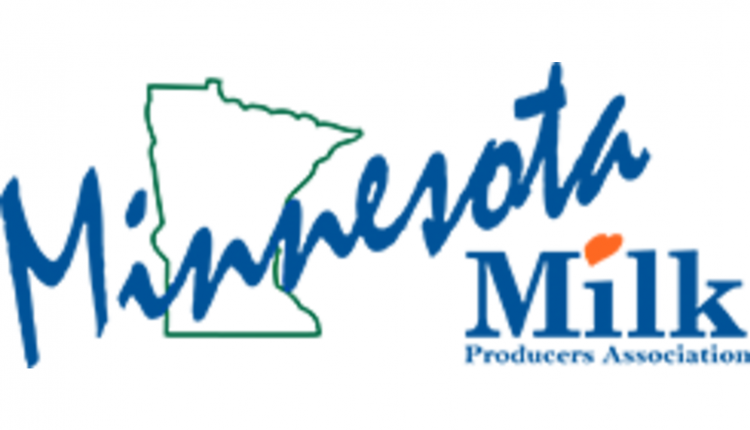
As access to information continues to evolve, so do consumer perceptions of animal agriculture. Today, industry leaders are seeing increased questions from consumers regarding antimicrobial resistance in livestock.
Dr. Justin Welsh of Merck Animal Health is part of the National Institute for Animal Agriculture (NIAA) One Health initiative to address resistance in both animal and human health. He says while the concern regarding antibiotics use is growing, the full picture helps keep the issue in perspective.
“Antimicrobial resistance is really an interesting topic to start; it’s been around forever, as long as we’ve been around. Bacteria have been developing resistance for eons, it’s not a new concept,” says Welsh.
In fact, surveillance programs have been in place for years. Agencies like the Centers for Disease Control and FDA’s Center for Veterinary Medicine work together to monitor bacteria and resistance trends in the environment and in food. Welsh says most of the research looks at foodborne pathogens like salmonella, campylobacter and E.coli, measuring any changes in resistance to drugs that are medically important to humans.
“What the latest report in 2015 showed is that, outside of one or two specific drug/bacteria interactions, there has been little change in the incidence of resistance in those populations,” Welsh explains. “We’re not seeing an uptick in those as far as resistance goes. In the animal side, we are seeing increased resistance in the respiratory pathogens.”
While the increase remains minimal, Welsh says animal experts and producers are taking steps to address the issue – like the Veterinary Feed Directive, in which producers are required to obtain a prescription from a veterinarian prior to administering any antibiotic.
“I think we are already seeing some positive momentum on a couple fronts there. Instead of a broad coverage, we are looking more at the individual animal. And a lot of things we are doing as an industry, from a technology perspective, are going in that direction — to better identify animals that are sick on an individual basis rather than treating the herd,” he says. “The pipeline for new antibiotics is getting smaller and smaller. So the realization in the human medical community, veterinary community, is that we need to conserve the power of these drugs.”
Welsh explains that animal agriculture’s proactive approach to lessening antimicrobial resistance is rooted in the producer’s desire to provide a safe, wholesome product — and to ensure animal well-being.
“We live with bacteria everywhere and we are going to have to continue to use antimicrobials to treat those, to treat disease. Finding the balance between how we handle our antimicrobials and the welfare of the animals that we deal with is where we are at right now,” he says. “I think we forget that antibiotics at the basic level are really animal welfare drugs and people welfare drugs.”
The National Institute for Animal Agriculture invites all producers to discuss the use of antibiotics at this year’s Antibiotic Symposium in Kansas City. Mark your calendar for Nov. 13-15, and visit animalagriculture.org to learn more.
About the One Health series:
This series of video and print-ready resources is provided with support from Merck Animal Health and brought to you by the National Institute for Animal Agriculture (NIAA), which works with industry producers, leaders and others to address issues concerning animal agriculture. This is an eight-part series that explores NIAA’s ongoing One Health initiative to collaboratively address antimicrobial resistance (AMR) in the animal and human health sectors.
About NIAA:
The National Institute for Animal Agriculture (NIAA) was established in 2000 to provide a forum to facilitate and engage industry leaders and organizations to derive solutions on the most current issues in animal agriculture. Its members include producers, veterinarians, scientists, and government and allied industry representatives.
NIAA is dedicated to programs that work toward the eradication of diseases that pose a risk to the health of animals, wildlife and humans. It also promotes a safe and wholesome food supply and best practices for animal health and well-being as well as environmental stewardship. NIAA issue initiatives encompass the entire animal agriculture field including cattle, sheep, swine, avian, equine and aquaculture industries. More information is available at animalagriculture.org.


